 twitter
twitter
Twitter: How To Protect Twitter Account
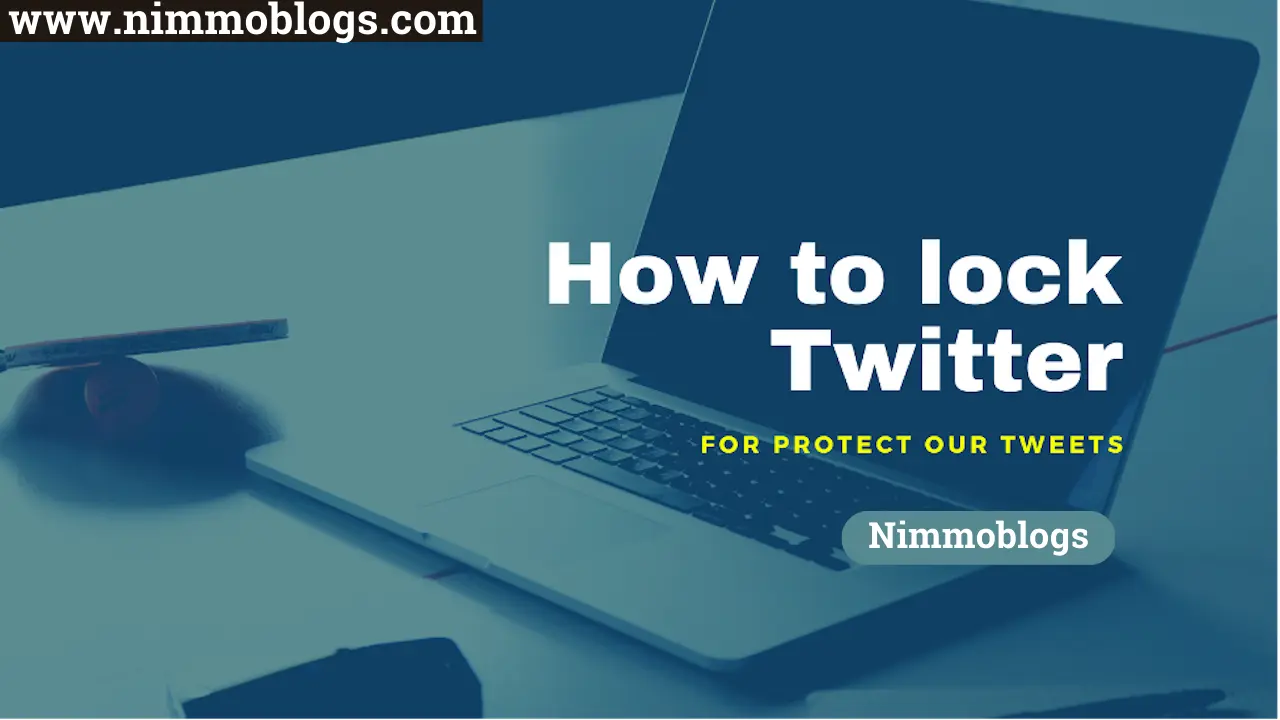
Twitter has some users who have little lock icons next to their usernames, What is Lock in username? If you probably did, you would possibly have stopped to examine what it’s all concerning. When a fast little bit of exploring, you’ve most likely noticed there are sure belongings you can’t do with those accounts.
What is Protected Twitter Account?
Now that you simply perceive what's a non-public Twitter account, your next question would possibly be: "Why do this?" this is often particularly questionable once the account belongs to a business. Believe it or not, there are literally some sensible reasons you would possibly need to try and do this, although the account in question belongs to your company.
For Example, you’re a bunch of Python Developers and you've got one thing seriously game-changing to launch. You will need to create sure announcements, however, need them restricted to solely those that follow you on Twitter. You'll defend that account and solely those that follow you may be able to browse the posts.
Remember, those that will browse the posts can’t reply or retweet. Therefore your Python net development company will post concerning its future without concern that data will simply be retweeted. Of course, that doesn’t mean one in every one of your followers can’t then rotate and post an ingenious tweet concerning the content or post a screenshot of your post. However, strip away the accessibility of retweeting.
Why Shouldn’t You Lock Twitter Account?
This is a reasonably easy question to answer- selling. Once you shield your account, you seriously limit your audience. Unless a Twitter user is basically fascinated by your company, they won’t trouble to leap through the hoops of following you, particularly knowing their interaction along with your account is proscribed.
So, unless you’re mistreatment the protected standing on a short-lived basis, apprehend that the lockup of your account goes to hinder your company's visibility on the platform seriously.
How to make Twitter Account Private?
Doesn’t know- the way to lock your Twitter personal account or the way to lock your Twitter account. It's a straightforward issue. We've created visible graphics to indicate all steps. Log into Twitter and now follow these steps:
Step 1: Login Twitter And Click On "More"
First, Login to a Twitter personal account using username and password, and then in the left navigation, click on the "More" option.

|
Step 2: Go To "Setting and Privacy"
Now, go to privacy by clicking on the "Security and Privacy" option in the list.
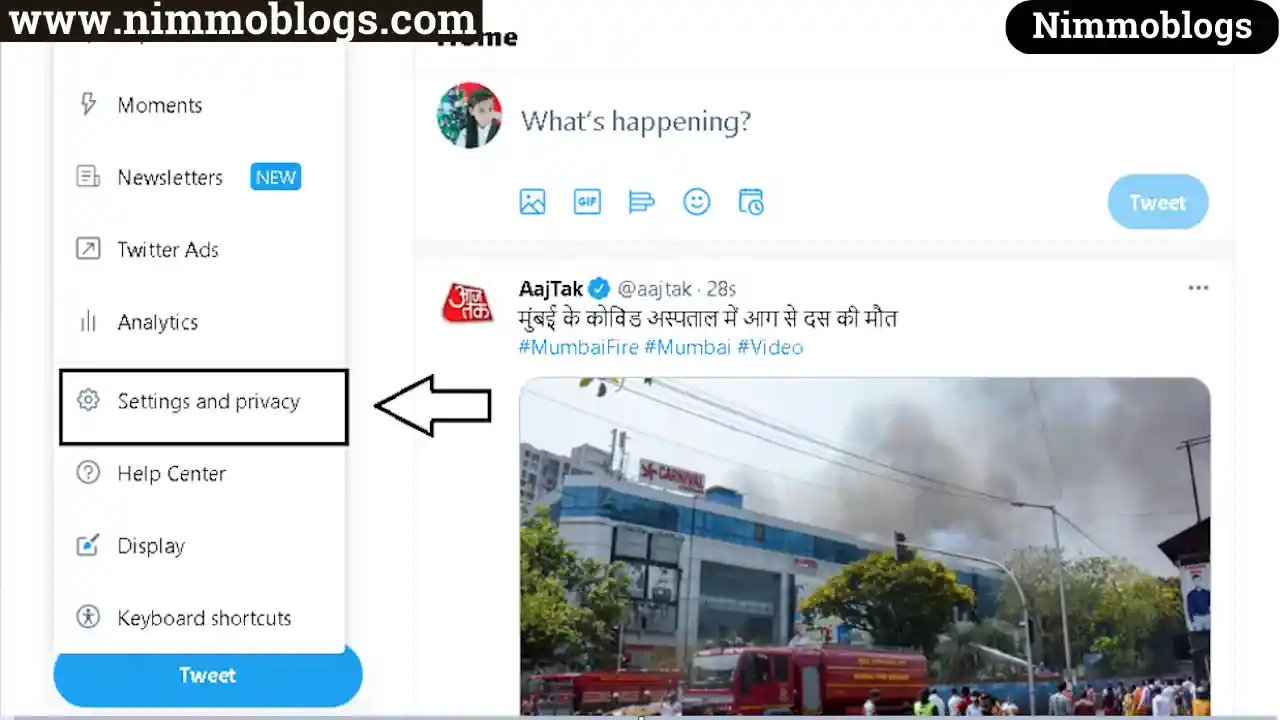
|
Step 3: Go To "Safety" Section
Here, You have an option "Privacy and Safety", click on that to go to the safety section.
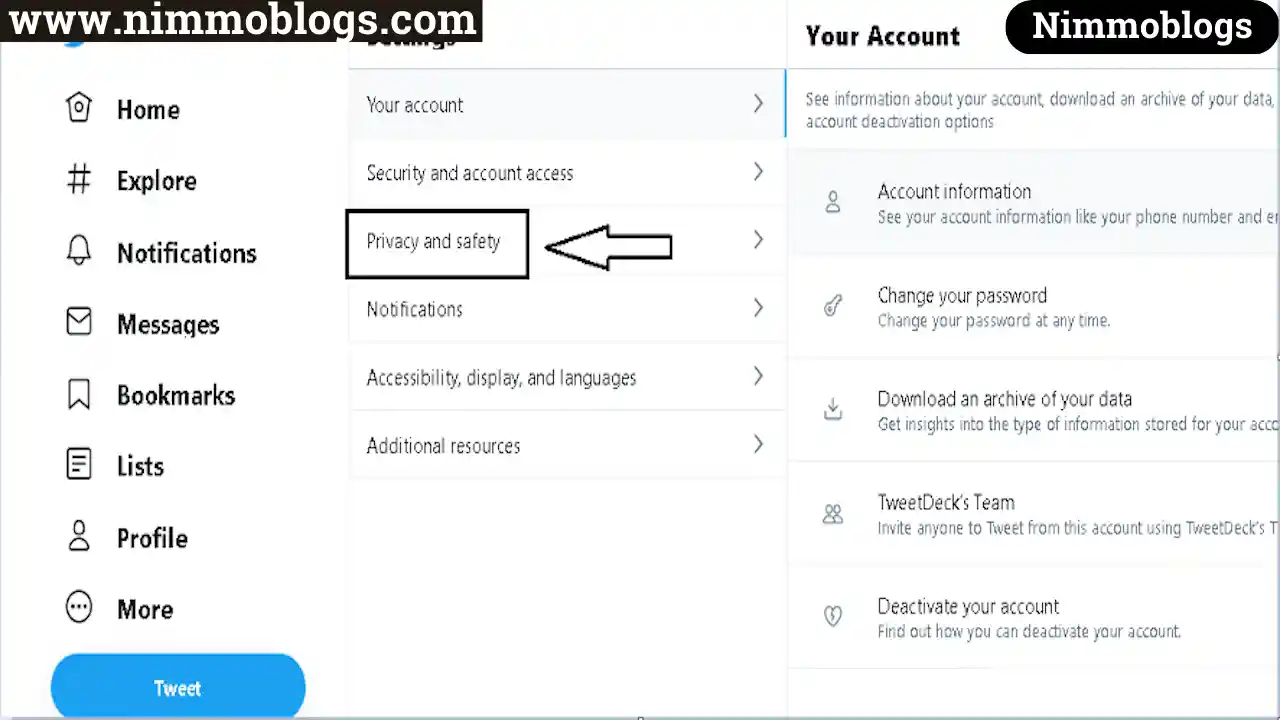
|
Step 4: Secure Sensitive Content
Now, Click the checkbox to protect your Tweets. As shown below image. Once prompted, click protect, and hence your Twitter account is now protected.
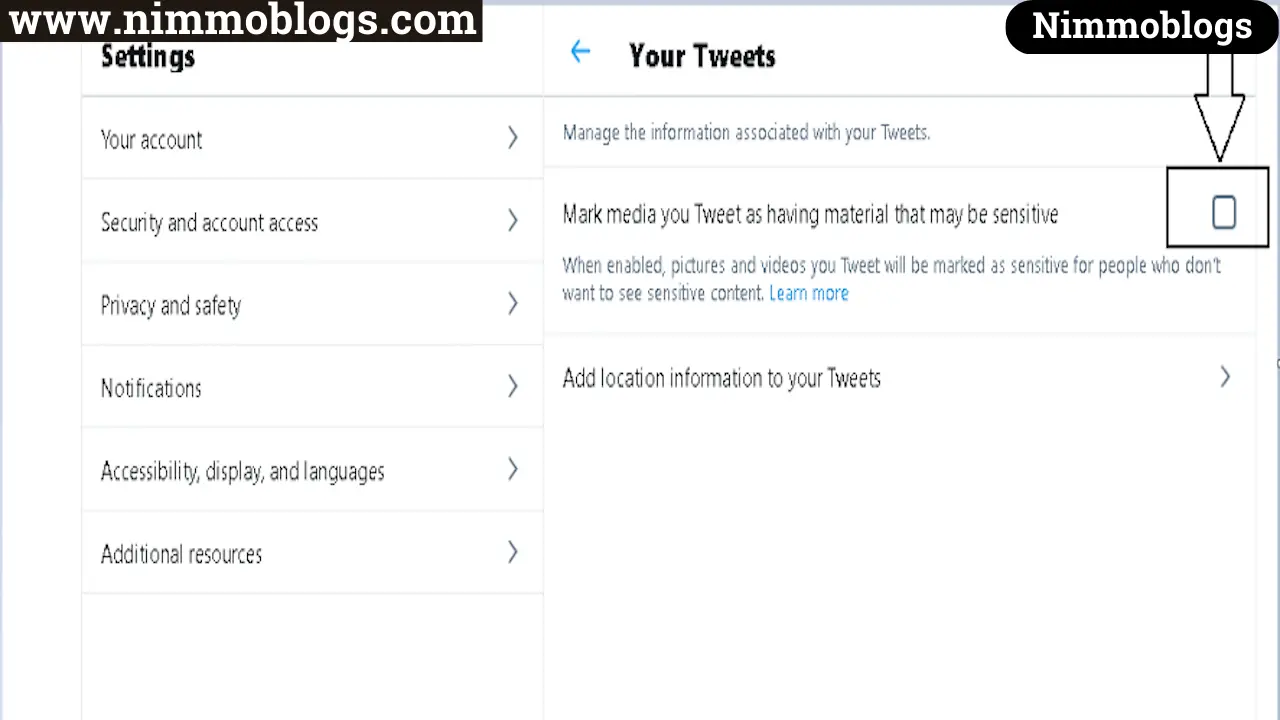
|
How To Your Protect Tweets
- Click on the " More" icon.
- Go to your Settings and privacy.
- Move to Your account and scroll over to Account info and input your positive identification.
- Scroll right down to Protected Tweets, click the arrow and check the box next to shield my Tweets.
- You may be prompted to pick out Cancel or defend, choose to defend.
- If you modify your mind, to unprotect your Tweets, deselect the box and once prompted and opt for Cancel.
How To Unprotect Your Tweets
- To unprotect your Tweets, follow the above set of instructions then, uncheck the box next to shield my Tweets. Twitter for iOS or laptop uncheck the slider or box next to shield your Tweets.
- Be guaranteed to review your unfinished follower requests before creating your Tweets public. Any requests left unfinished won't be accepted mechanically. If left unfinished, those accounts can get to follow you once more.
- Please note that unprotecting your Tweets can cause any antecedently protected Tweets to be created public.
What is the difference between public and protected Tweets?
- When you check in for Twitter, your Tweets are public by default; anyone will read and move along with your Tweets. Must you opt to defend your Tweets, you'll be able to do this through your account settings. Learn additional protection for your Tweets.
- If you want to defend your Tweets, you’ll receive an invitation once new individuals need to follow you that you'll be able to approve or deny. Accounts that began following you before you protected your Tweets can still be ready to read and move along with your protected Tweets unless you block them.
Features To Protect Your Tweets
- You’ll receive an invitation once new individuals need to follow you that you'll be able to approve or deny.
- Your Tweets, together with permanent links to your Tweets, can solely be visible to your followers.
- Your followers won't be ready to use the Retweet icon to Retweet or Retweet with comments.
- Protected Tweets won't seem in third-party search engines.
- Your protected Tweets can solely be searchable on Twitter by you and your followers.
- Replies you send to the associate account that isn’t following not be seen by that account.
What Is the Padlock on Twitter?
Padlock image on Twitter indicates associate account that's protected. Tweets from protected accounts cannot be viewed unless you have got been approved to look at them. Businesses and individual users will opt to defend their tweets to limit the number of individuals who will access them.
How Protected Tweets Work
Protected tweets cannot be viewed by anyone whose Twitter account has not been specifically approved. Followers should be approved before they'll read the protected tweets on a profile, in searches, in the associate embedded gadgets, or within the timeline. Protected tweets can’t be retweeted, though there's nothing to prevent the associate-approved follower from repeating and pasting the contents of a tweet away. A protected or defend tweet is marked with a padlock by the account's username.
Protecting associate Account
By default, a brand new Twitter account is public, however, you'll value more highly defend your tweets by clicking on the gear icon at the highest of the Twitter internet interface and selecting "Settings" from the computer menu. Beneath Account, tick the box tagged "Protect my Tweets" so choose "Save changes." Any public tweets you already printed stay visible and searchable, however future tweets are currently protected. You'll reverse the method at any time, for that purpose all of your updates become public. Any unfinished follower requests still have to be compelled to be approved.
Advantages of protective Tweets
Protecting your tweets provides you full management over who will see your tweets and bigger privacy for the content your company publishes. Protected tweets don't seem in search results or on your Twitter profile so will be wont to send updates containing sensitive or non-public info. You'll discover a protected Twitter account for a particular cluster of workers in a company, for instance.
Disadvantages of protective Tweets
If the aim of your Twitter account is to market your business and its services, a protective tweet severely limits this. Every follow request should be specifically approved and fascinating updates you share can’t be retweeted. Any potential client or interested shopper visiting your Twitter profile won't be able to read your updates if the account is protected. In most cases, Twitter accounts are best left public -- simply bear in mind that something announced to them will be seen by anyone.
What is Twitter Lock Icon?
Before we have a tendency to answer that question, let’s take into account the character of the platform.
Twitter feeds on what's referred to as asynchronous relationships. What will that mean? Let’s take an example: Olivia will follow Nathan and move along with his posts. However, thanks to the character of Twitter, Nathan can even see and move with Olivia’s posts. In different words, after you post one thing on Twitter, it is often viewed by anyone, regardless of if they follow you or not.
You may have bumped into a user account with a padlock next to the username, however what will the lock mean on Twitter? It means that a non-public Twitter account. Click thereon account, and you’ll directly notice the distinction. If you already follow that account, you'll be able to browse the denoted tweets. However, you can’t reply to or retweet them. In fact, the sole reason you’re ready to see a protected post is that you simply are following that account.
In different words, a non-public Twitter account means that solely followers will see posts from an aforesaid account, and even those who will see it, can’t act thereon as they will with associated unprotected accounts. Once a user has set their account to "protected" those already following can mechanically be ready to see the account posts.
Once you’ve set your account standing to "protected", different Twitter users won’t be ready to follow you mechanically. They will request permission to follow you, however, you want to settle for them before they will see something. If you don’t settle for the request, that user won’t be granted permission to examine your tweets.
FAQ
What happens once my Tweets are protected but still show in computer program results?
- After you defend your Tweets, solely you and your followers will scan your updates or see your Tweets in Twitter search.
- If you at just once had public Tweets (before protecting your Tweets), those Tweets can now not be public or seem publicly Twitter search results. However, unprotecting your Tweets can cause any antecedently protected Tweets to be created public.
- Find out a way to take away your updates from Google search. Twitter doesn't have the flexibility to get rid of content on websites apart from twitter.com.
How to protect Your Twitter Account
- Log in to Twitter then go to the Settings page. You'll get there by clicking on the tiny circular profile image icon within the prime right so clicking "Settings and Privacy".
- Next, from the menu on the left, choose "Privacy and Safety".
- Then click on the checkbox that claims shield My Tweets.
- Scroll right down to the lowest and click on Save Changes.
- Finally, click on Save Changes once more.
How to Change Privacy Settings on Twitter, therefore, no one will See My Tweets
As a Twitter user, you've got the choice of in public displaying your tweets or keeping them non-public. Non-public tweets are solely visible to those who follow you. By default, your tweets are public, however, you'll simply change your privacy settings at any time. Changes get like a shot and impact all of your past tweets.
Restrictions
Once your privacy settings are set to safeguard your tweets, bound restrictions come about. For instance, you want to manually approve every new follower request -- looking at your notification settings, you receive a text or email notifying you of a replacement follower request. Your tweets conjointly don't show up in search engines. Additionally, once a fan retweets you, solely different followers will see the retweeted message.
Protecting Your Tweets
Click the cog-shaped icon on your Twitter account's home page, choose "Settings," and so click the "Security and Privacy" tab to look at all of the choices for safeguarding your account. Check the "Protect My Tweets" box, and so click "Save Changes. " You want to get into your word to verify the changes. Ensure that your tweets are currently non-public by viewing your profile: a lock icon ought to seem next to your username within the header.

Goal Setting: How To Set Goal In Life
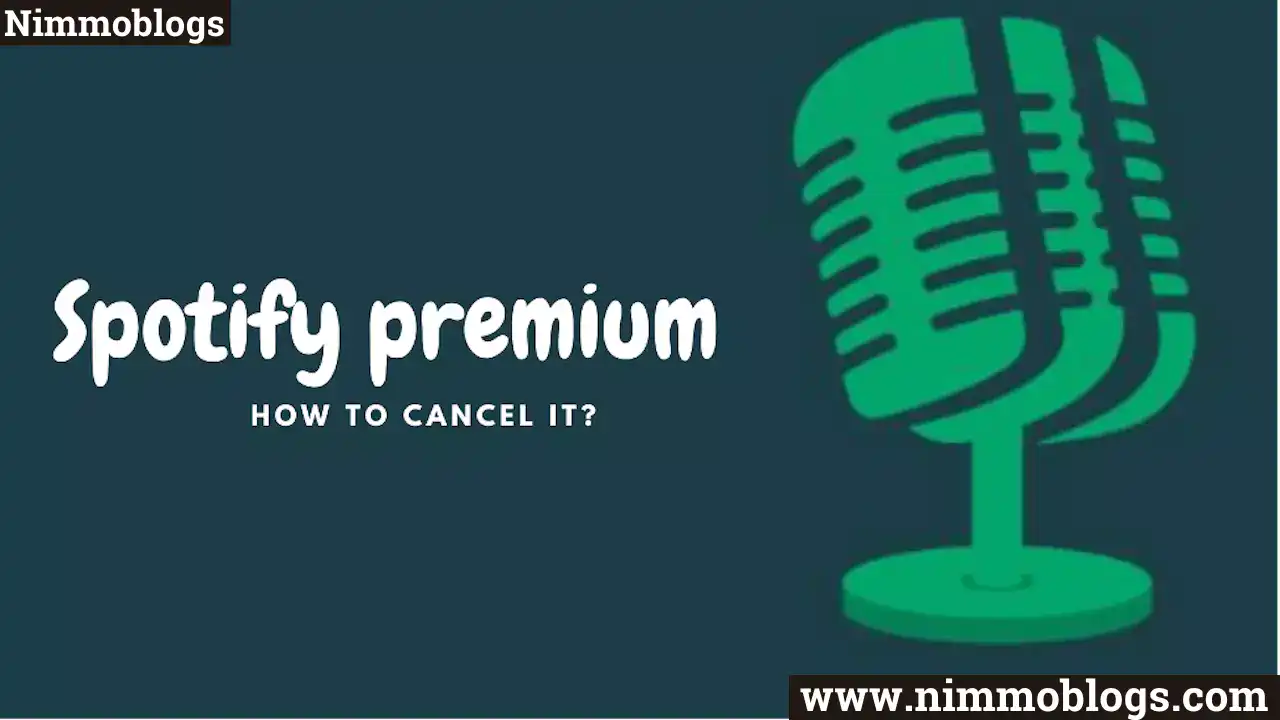
Podcast: How To Cancel Spotify Premium
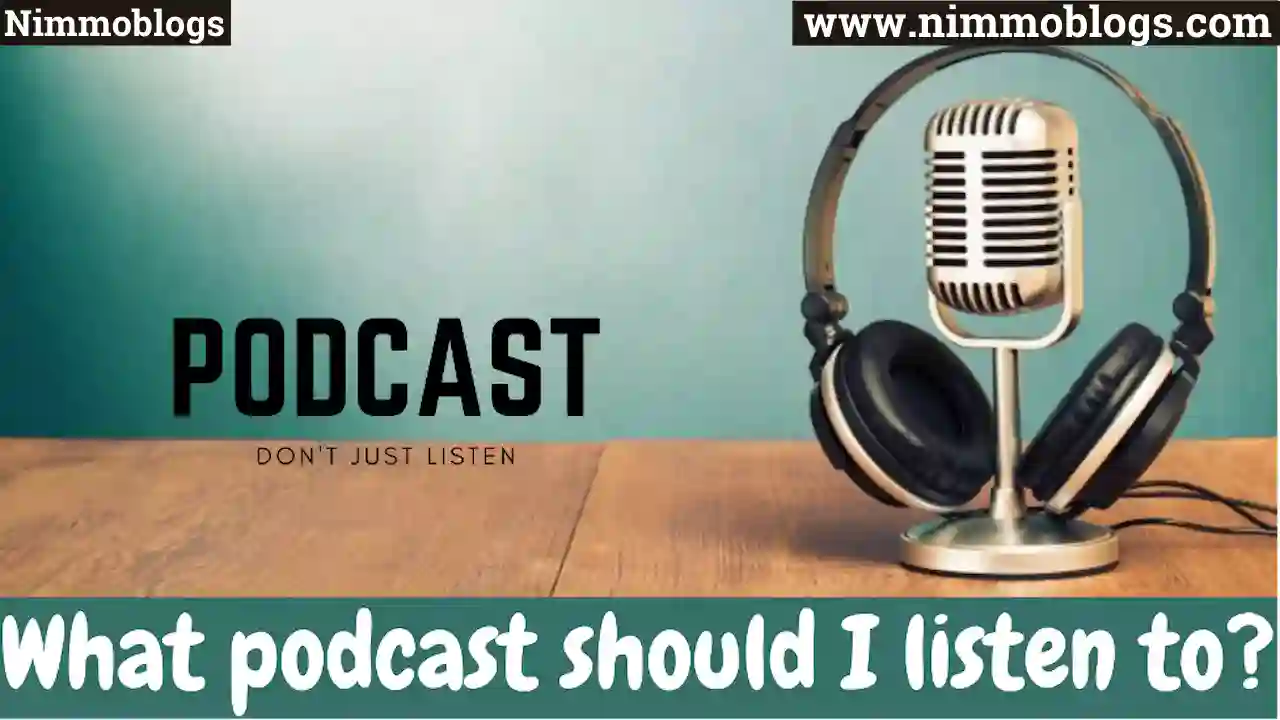
Podcast: Podcast That Should Listen
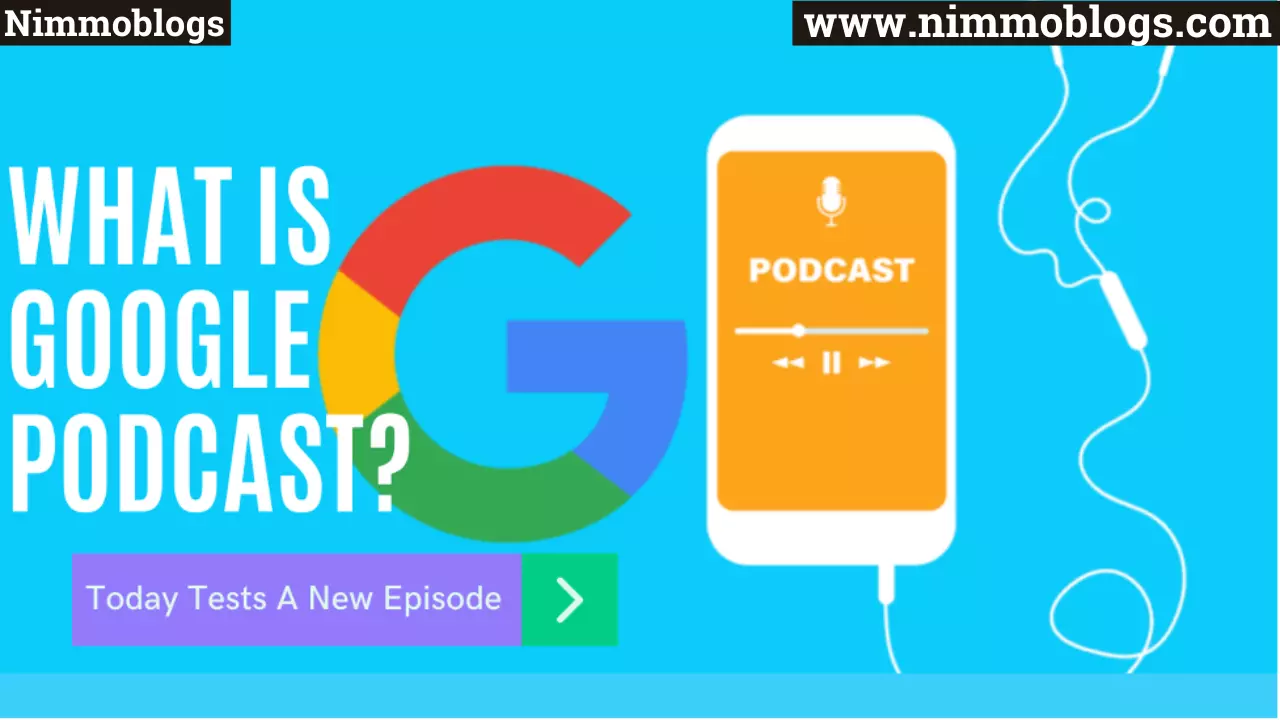
Podcast: What Is Google Podcast
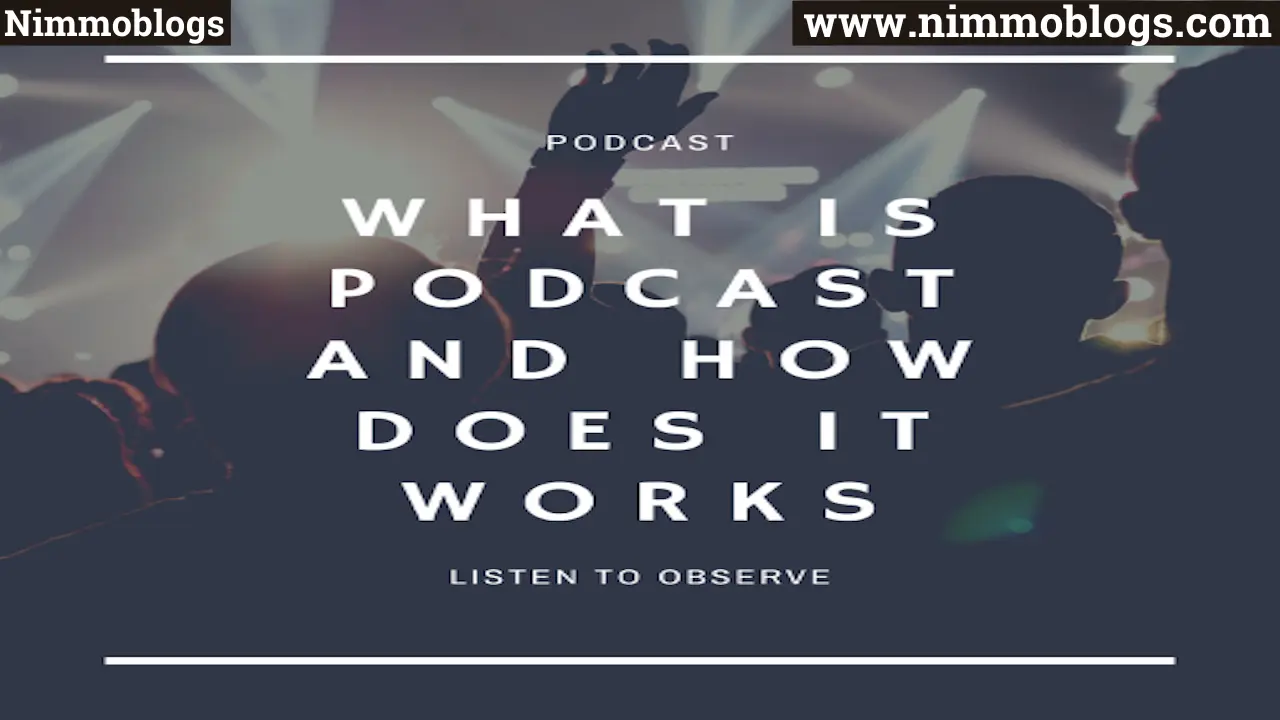
Podcast: What Is Podcast And How Does It Works

Time Management: Good Time Management Skills

Time Management: How To Improve Time Management Skills

Top 25 Ways To Increase Productivity

Robotics: What Is Robotics And How Does It Work

Positive Thoughts: Positive Thoughts Can Change Your Life

How To Become Rich With No Money

Top 5 Ways To Become A Rich

Communication: Top 7 Ways To Communicate Effectively

Personality Development Tips For Men

Personality Development Tips For Woman
©2025 Nimmoblogs
All Right Reserved.
Made with
 by Hina Aggarwal
by Hina Aggarwal